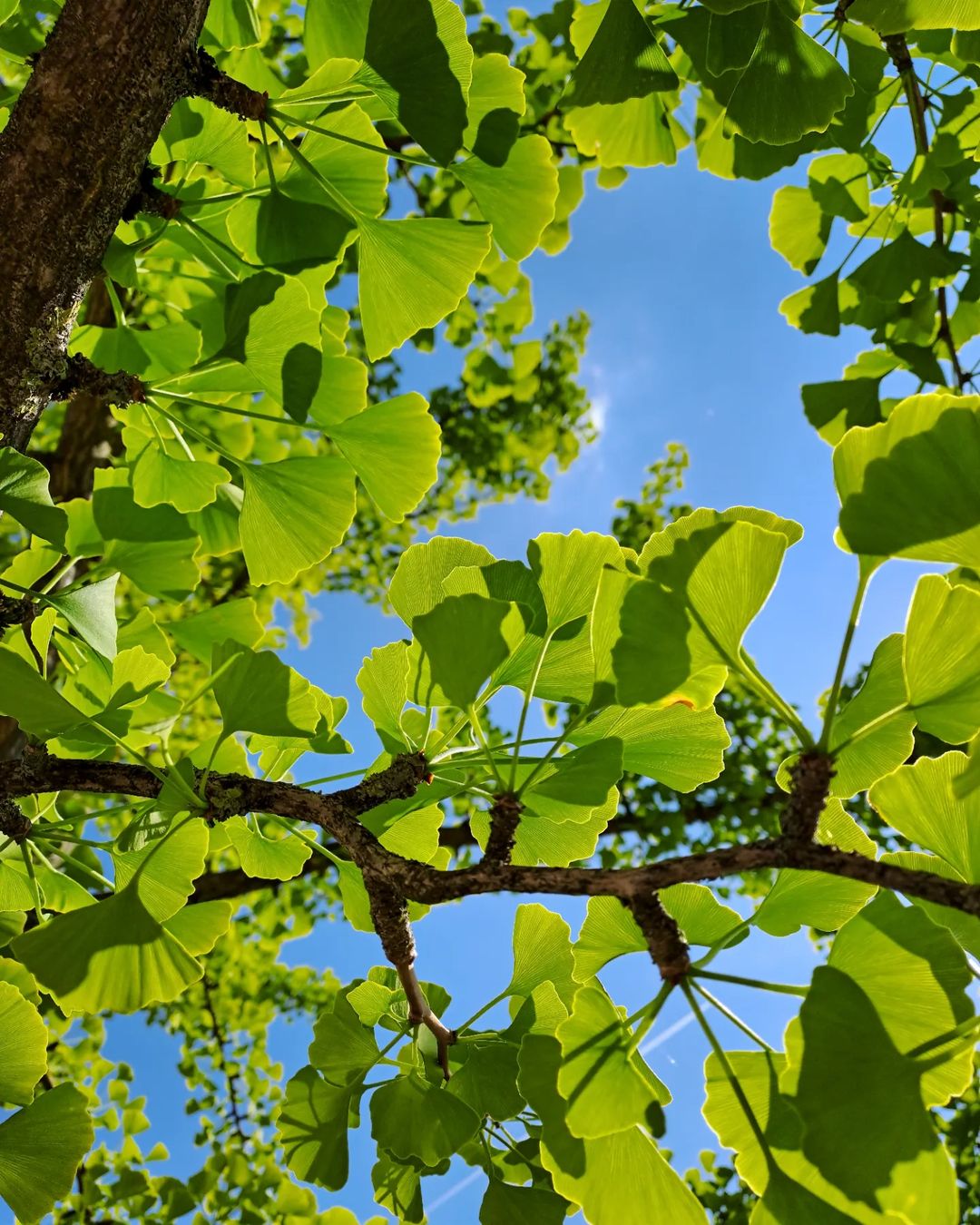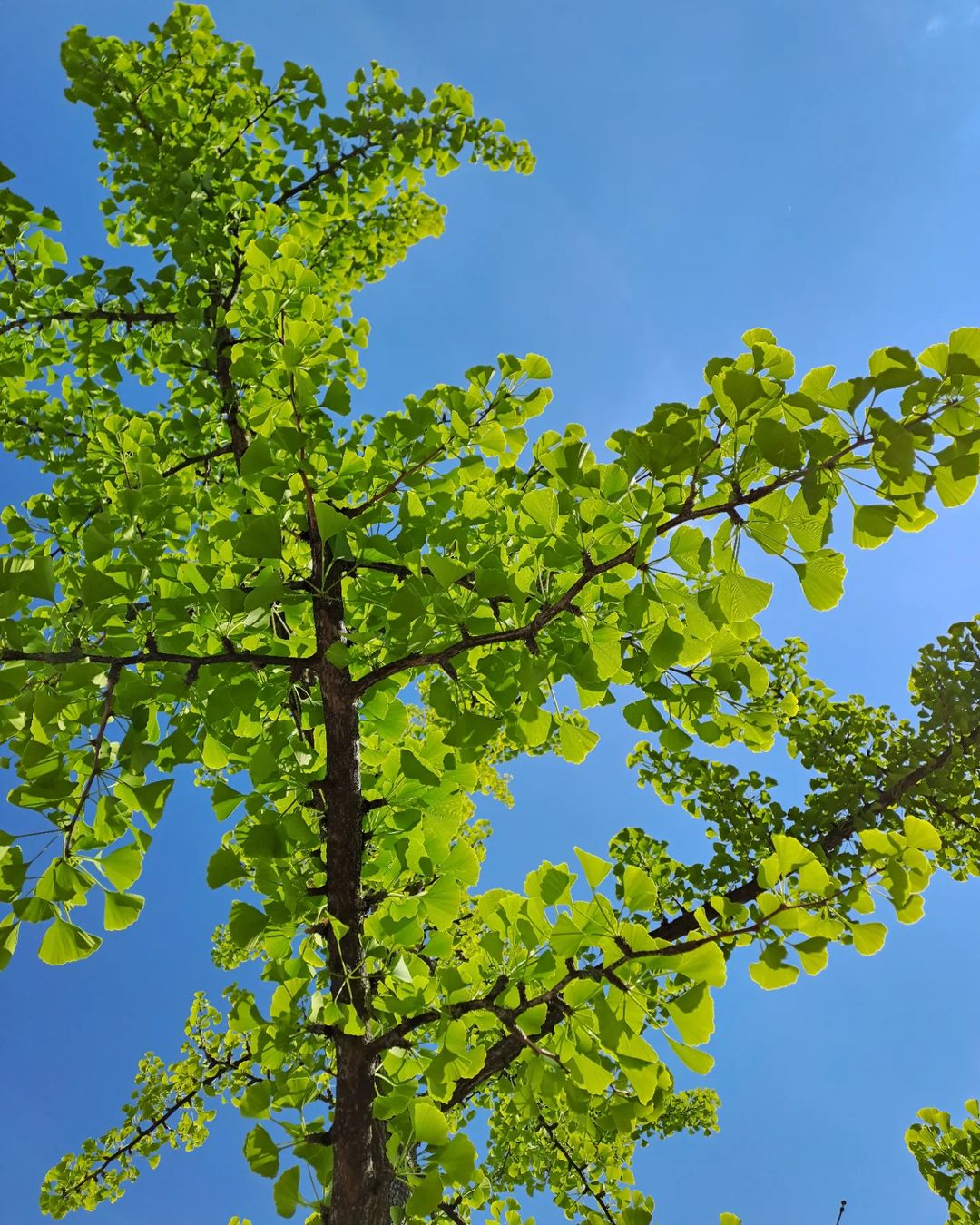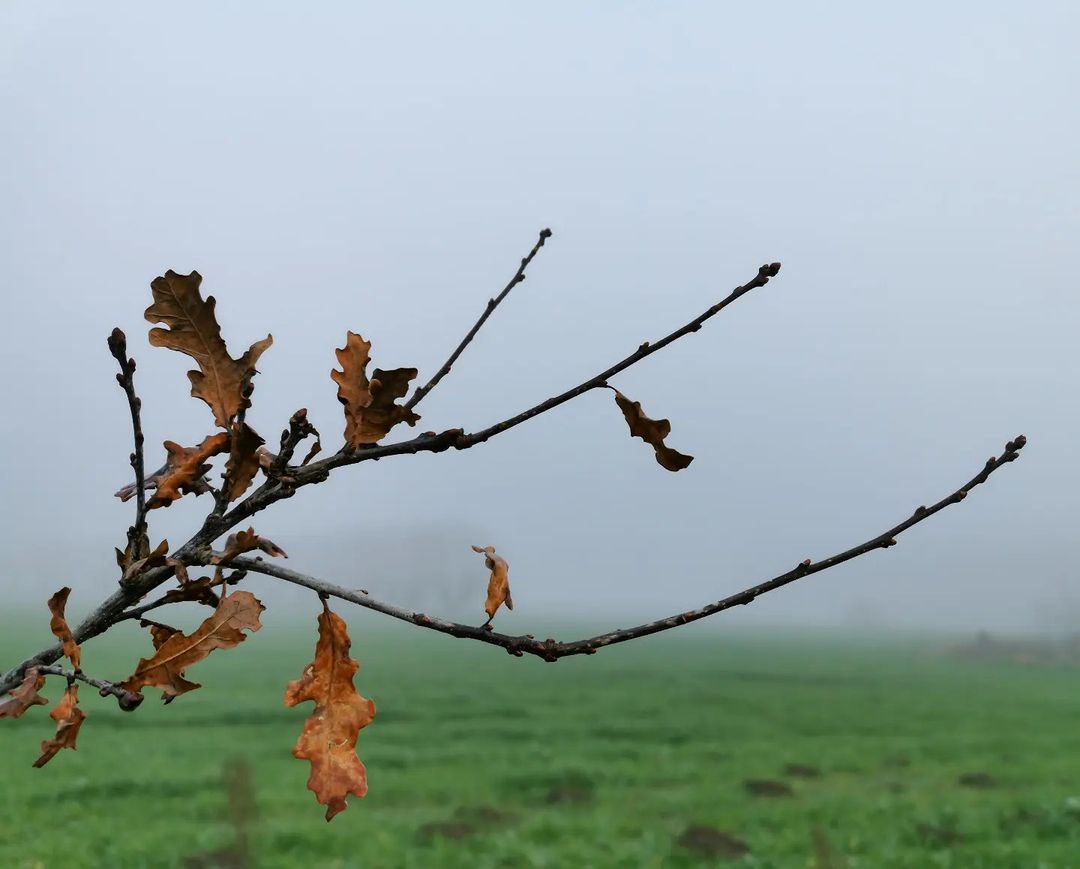Post #797:


The Ginkgo biloba has long been revered as a source of strength and life-prolonging properties. For centuries, the Chinese and Japanese have revered the Ginkgo as sacred because of its vitality and promise of miracles, and asked for their wishes from it.
The Ginkgo is a living fossil, as it has barely changed visibly over many millions of years. It is the only living representative of the Ginkgo genus, which has been documented by fossils for 290 million years. Until a few million years ago, Ginkgo trees were still widespread worldwide, until at some point its natural distribution area was restricted to parts of East Asia.
For centuries it was considered extinct in the wild, but some natural occurrences of this tree species, which can live for over a thousand years, have been discovered again. It is used worldwide as an ornamental plant, but has therefore hardly spread in the wild.
It is exceptionally well protected against diseases and insects. Bacteria and fungi avoid the acidic leaves and bark. They are poisonous to insects. Traditionally, Ginkgo leaves are used as bookmarks to protect books from insect infestation.
Someone who also valued the ginkgo leaf was Frankfurt-born Johann von Goethe, who even dedicated a poem to it. He saw the special leaf growth as a symbol of deep connection. Over time, the leaf splits but always remains connected.
It is a very special plant with a strong symbolic and spiritual meaning that truly does justice to its nature.
Details:
This post is part of the artistic performance The Happening on Instagram.
Further information about this art project Related post on InstagramCreator of this post is Frederic Hilpert
© File Usage Guidelines This post on megagroundsloth.de#baumliebe #boomliefde #amolosárboles #treelove #ginkgo #ginkgobiloba #ginkgotree #ginkgoleaves #baumfotografie #boomfotografie #fotografíadeárboles #treephotography #naturverbundenheit #natuurverbinding #conexiónconlanaturaleza #natureconnection #livingfossil #spirituality #árbol #tree #wondersofnature #symbolism #vitality #miracles #wunschbaum #blätter #wunderdernatur #treefriends #wishes











